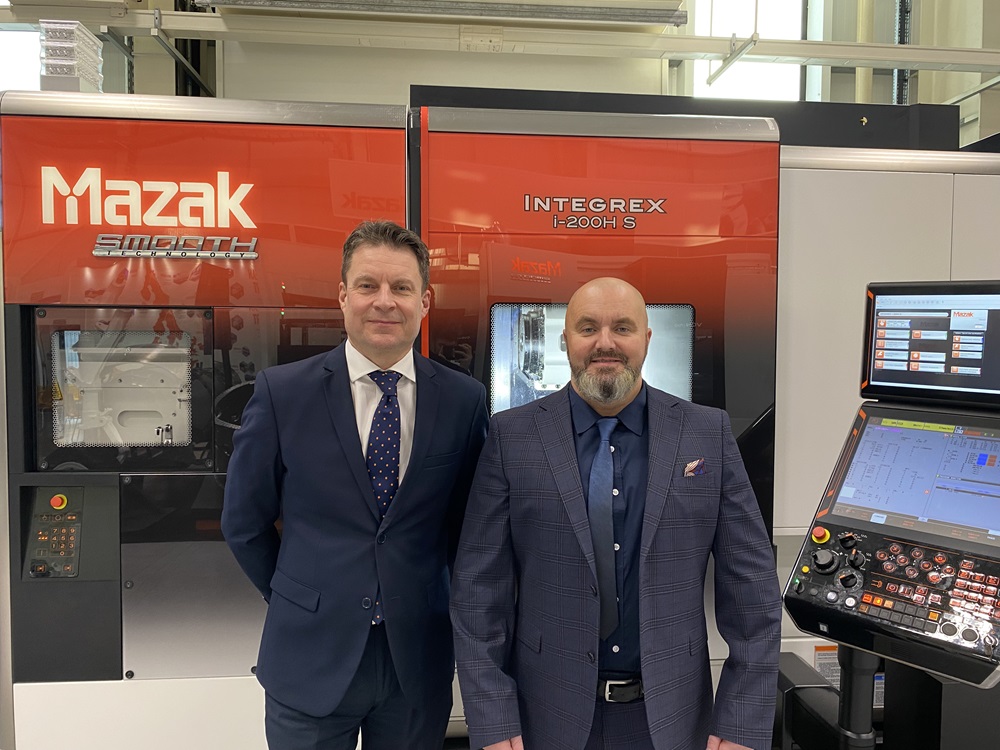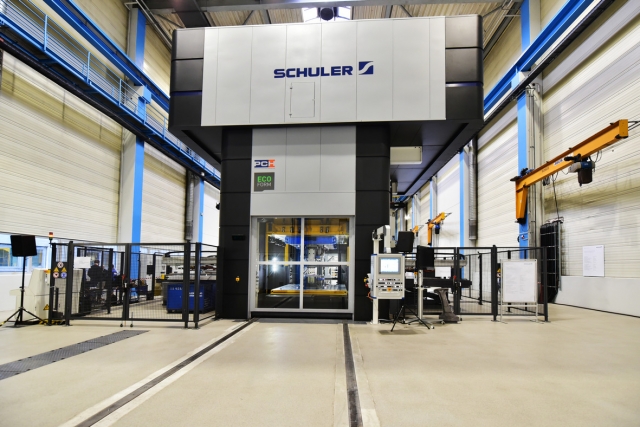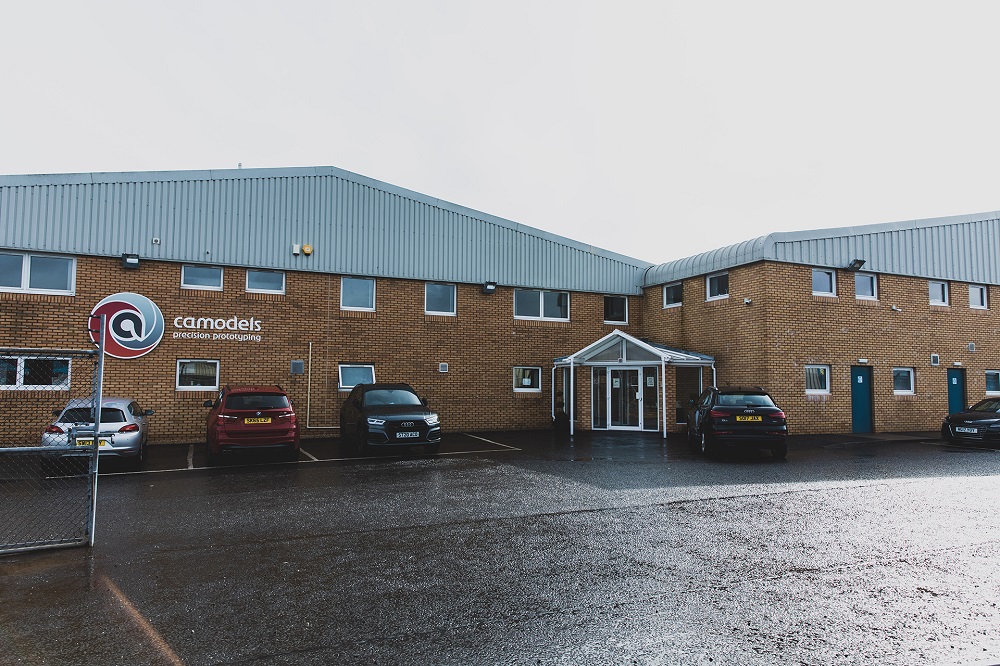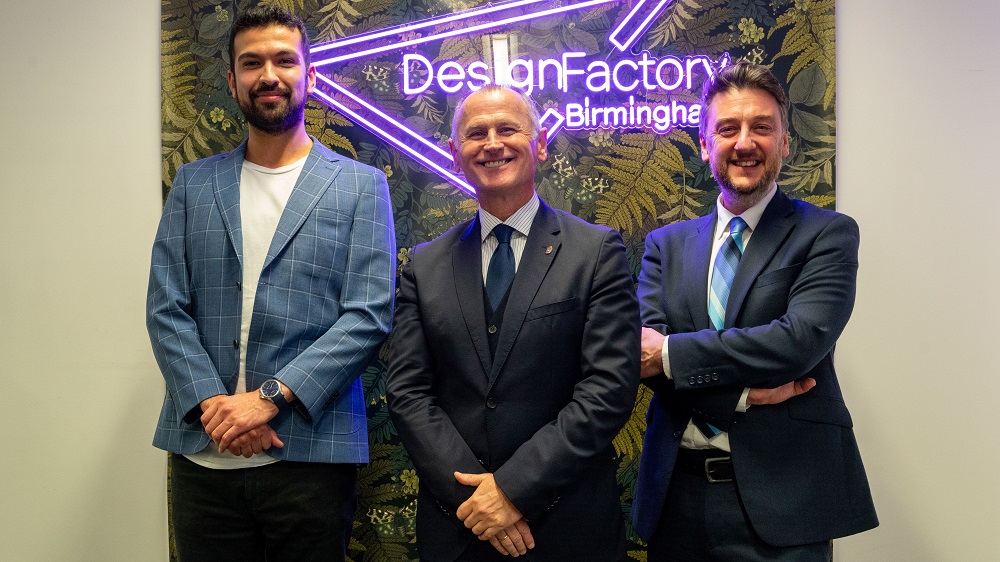David Martin has joined ScotMaz – the sole distributor of Yamazaki Mazak machine tools in Scotland – as sales manager to support the manufacturer’s growing presence in Scotland. Martin, who has 25 years of experience in the metalworking industry, began his career as a toolmaker before moving into technical sales roles with ABT Machine Tools, Arno UK and Kyocera Unimerco Tooling. He will promote Mazak’s machine tool portfolio to customers in the oil and gas and general subcontracting industries, while also targeting opportunities in the aerospace, food and beverage, and renewable energy markets.
For further information www.mazakeu.co.uk



















